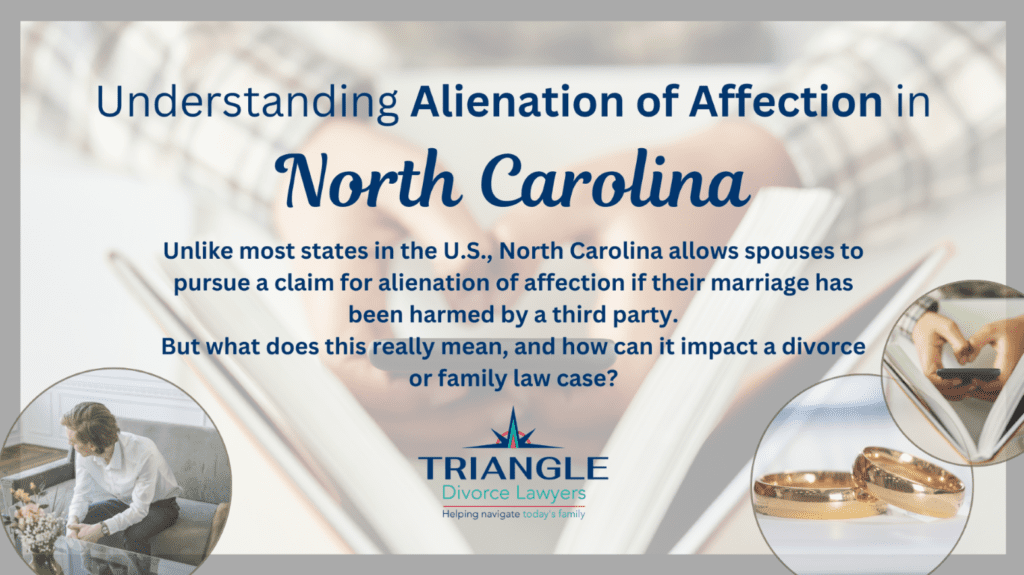The National Center for Family & Marriage Research reports that twice as many adults over the age of 50 got divorced in 2014 compared to 1990, and the divorce rate for adults over 65 tripled. A survey also found that pensions and retirement accounts are among the most contested for this generation of divorcing spouses. Baby boomers in North Carolina who are ending their marriages will certainly want to protect those assets.
Retirement benefits accumulated during a marriage will in most cases be split during property division unless the couple otherwise agrees. The funds that go to into a retirement account are intended to run a single household. When a couple divorces, the funds are divided by the court because they have to run two households. Due to this, it is important for couples to review or modify the beneficiary designations when their marriages end to confirm that their wishes are reflected.




